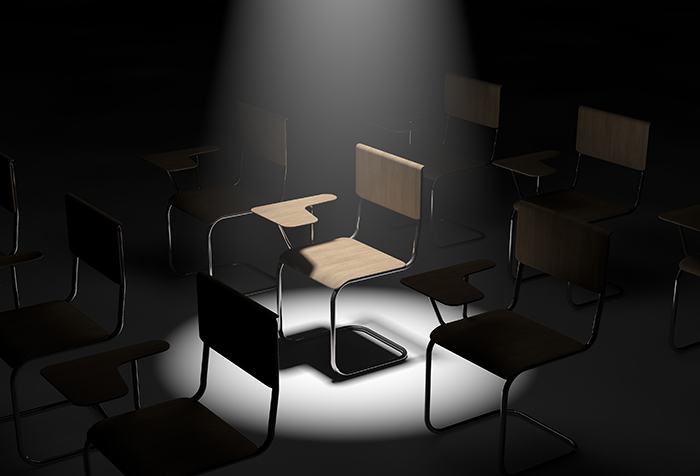
Have you seen a modern classroom with a variety of seating options that allow kids to sit, stand, wiggle and wobble as they engage in learning throughout the day?
If so, you are familiar with flexible seating, a leading educational trend in classrooms. Both teachers and students are finding this alternative to traditional rows of desks to better align with how kids move, learn and collaborate. This in turn helps teachers engage and educate students.
Wondering how flexible seating could help at your local schools? Here are the top benefits of flexible seating:
Choice
Students feel empowered by having some degree of choice and control over their environment. Flexible seating allows students to choose where they work and with whom. It also allows them to change their location and positions as needed, which teachers believe supports the development of higher-order thinking skills.
Physical health
Flexible seating allows children to wobble, rock, bounce, lean or stand, which increases oxygen flow to the brain, blood flow and core strength. Physical activity is linked to higher academic performance, better health and improved behaviour. An academic paper by Matthew T. Mahar titled “Effects of a Classroom-Based Programme on Physical Activity and On-Task Behaviour,” found that simple in-class activities can boost performance. Studies suggest that children who participate in short bursts of physical activity within the classroom have more on-task behaviour, too.
Comfort
An uncomfortable student is a distracted and unproductive student. For example, picture a student who skipped or didn’t have access to breakfast. As the countdown to lunch approaches, his or her growling stomach will make it impossible to concentrate on the teacher’s voice. An uncomfortable chair can have the same effect. Flexible seating encourages students to find their best spot to stay calm, focused and productive.
Community
Traditional desks can make students territorial or possessive over their space and supplies. Flexible seating encourages students to share both seating spaces and supplies needed to complete educational tasks. Plus, it encourages them to take turns in different locations and with different seating options.
Collaboration
Flexible seating allows students to quickly and easily pair up, work in small groups or discuss educational topics as a whole class — without moving numerous heavy desks to establish eye contact. This encourages communication and collaboration to boost critical thinking and deeper understanding of educational materials.
Participation
A 2012 study from the University of Minnesota found that students participated 48% more in discussions in a classroom with collaborative group seating versus traditional lecture-style seating, and also improved their performance on standardised tests. This underscores the value of flexible seating and its ability to create a collaborative environment that boosts participation.
Communication
When introducing flexible seating, teachers must establish new classroom management tools. That includes creating a system to make seating choice fair and nondisruptive. It also requires introducing higher-order thinking skills, like problem-solving, and emotional skills, like conflict resolution. There’s also much value in fostering turn-taking and patience, especially for a generation of kids immersed in immediate gratification.
Sensory input
Many flexible seating options stimulate students’ sense of touch. This type of stimulation can help children focus and process information. Sensory input is especially helpful for students with ADHD, ADD and ASD.
Fun
Flexible seating helps make learning fun. Children look forward to where they will sit, and each day becomes a unique educational adventure. Teachers adopting a change to flexible seating can set a positive mindset that is infectious to students. — BPT